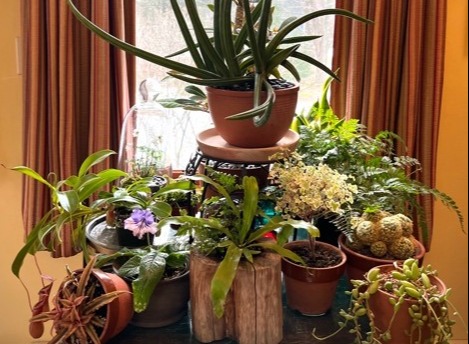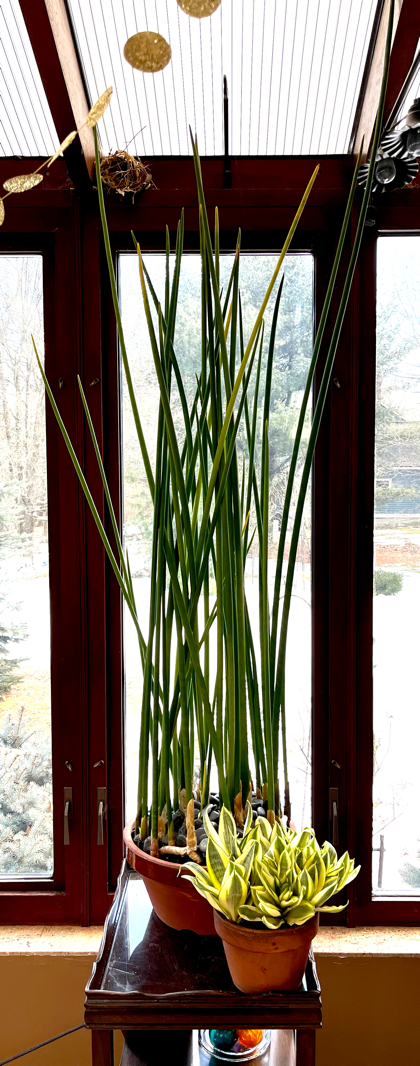 Until you own some, it’s hard to believe. You almost need to hire a hit man to kill a member of the sansevieria family. These plants have a heritage of growing up in the worst environments on earth (literally) and, through their DNA, have become the most hardy and robust plant clan there is.
Until you own some, it’s hard to believe. You almost need to hire a hit man to kill a member of the sansevieria family. These plants have a heritage of growing up in the worst environments on earth (literally) and, through their DNA, have become the most hardy and robust plant clan there is.
This family has accumulated a slew of nick-names such as Mother-in-law’s tongue, snake plant, snake’s tongue, Saint George’s sword, viper’s bow-string hemp, elephant’s tusk hemp and many others, but technically sansevieria are a genus of about seventy species, subspecies, and varieties of flowering plants in the asparagaceae family.
Sansevieria are succulent plants; they store water and nutrients in their leaves and stems. Because of this, sansevieria can withstand periods of neglect. These plants originate from hot, dry climates (zones 9-11) so, in New England, they are a houseplant.
They prefer very bright, indirect light, water after their soil dries out, and very rarely need to be fed. Although happier when they get what they want, sansevieria will accept a wide leeway to the conditions that they desire.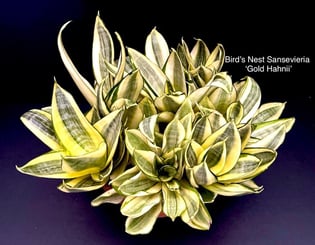
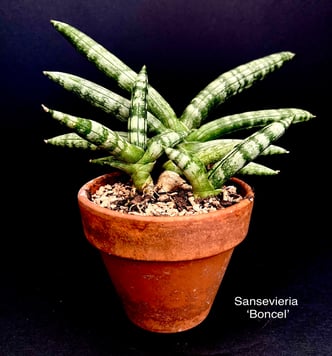 All sansevieria have delightfully fragrant white tubular blooms that the
All sansevieria have delightfully fragrant white tubular blooms that the
y make when they feel like it. You can try to inspire them to bloom by providing bright light and letting the soil dry out between watering.
Even though sansevieria are all from the same family, they can look vastly different. There are three distinctly different categories of sansevieria.
The most commonly known members of the family, sansevieria trifasciata, or mother-in-law’s tongue, is a stiff, erect, one to three foot tall blade shaped leaves formed in clumps.
Hahnii, or bird’s nest sansevieria, are generally smaller, lower growing plants. The leaves grow to three to six inches long and are more horizontal-growing than its upright cousin.
San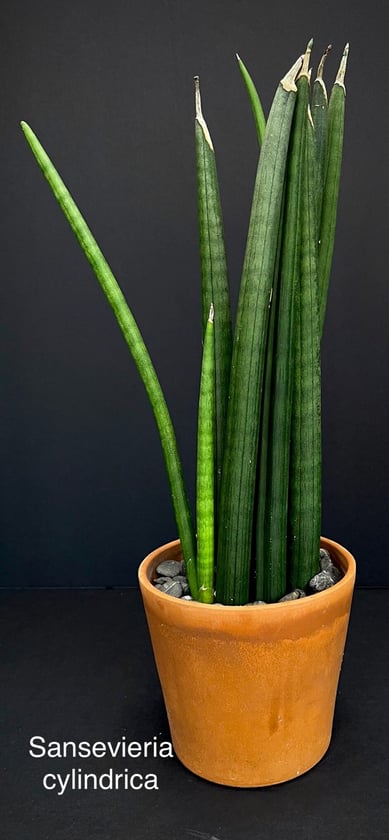 sevieria cylindrica has solid, round leaves of various widths. The leaves grow individually from a length of rhizome and stand vertically. The height of the leaves can range from row inches to seven feet tall.
sevieria cylindrica has solid, round leaves of various widths. The leaves grow individually from a length of rhizome and stand vertically. The height of the leaves can range from row inches to seven feet tall.
No matter how many plant funerals you may have had to host in the past, plants from this family will flourish. With such a large variety of sizes and styles, there must be one that would be pleasing for you. There is drawback to this family of plants- they are poisonous to animals.
Sanseveria cylindrica grandiflorum
and gold hahnii
The common mother-in-law type of sansevieria is easy to find for sale at average prices for a plant its size.
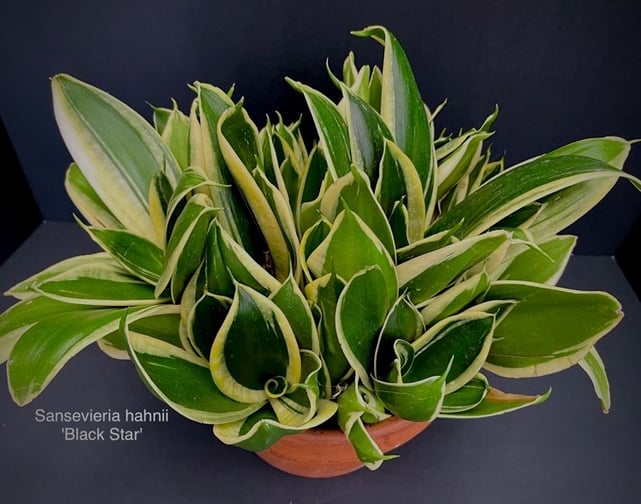 Black star and gold hahnii are typical examples of the bird nest form of sansevieria. These plants are a bit more difficult to find in the trade and may be a bit more expensive than the average plant its size.
Black star and gold hahnii are typical examples of the bird nest form of sansevieria. These plants are a bit more difficult to find in the trade and may be a bit more expensive than the average plant its size.
Francisii types have a leaf that is rolled, heading towards a cylindrica form.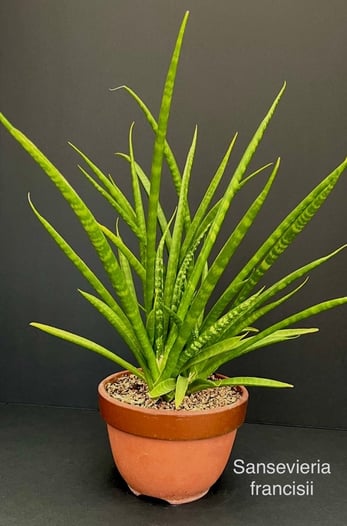 Moderately hard to find and moderately priced.
Moderately hard to find and moderately priced.
Sansevieria cylindrica used to be very difficult to find for sale and was quite expensive. This is no longer true and should be readily available. This is a very structural plant that will attract attention.
Some sansevieria such as hargeisana and others are collector plants that are hard to find and a bit pricey—but they are well worth it, don’t you think?


